"The homes, estates and residences of the merchants"
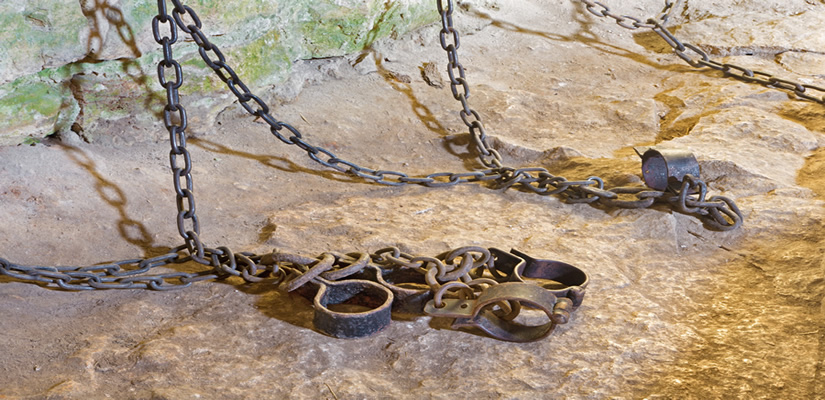
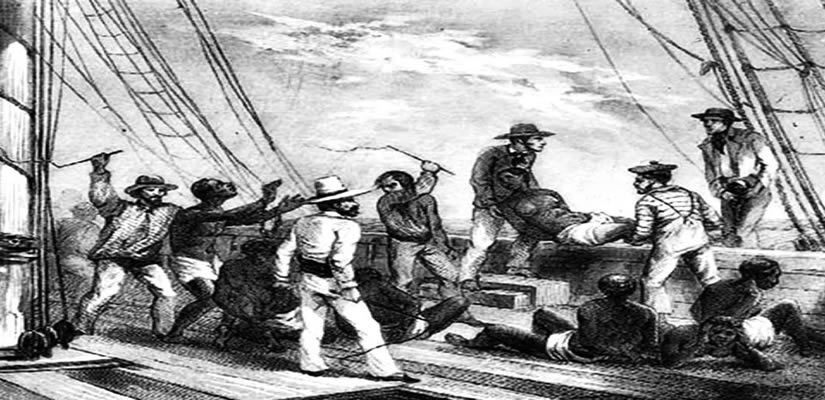
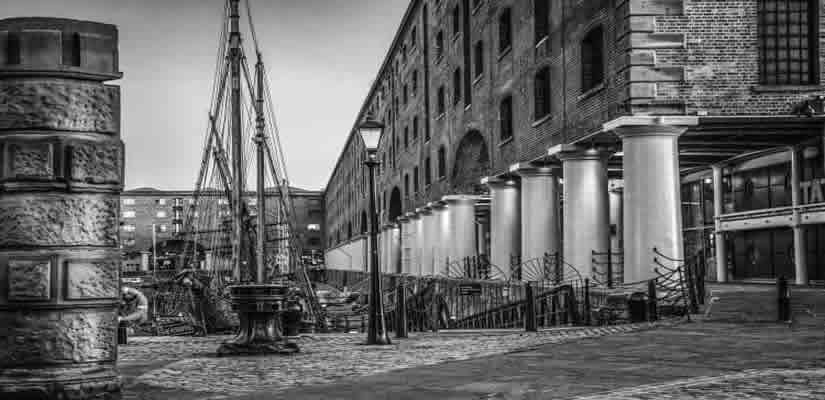
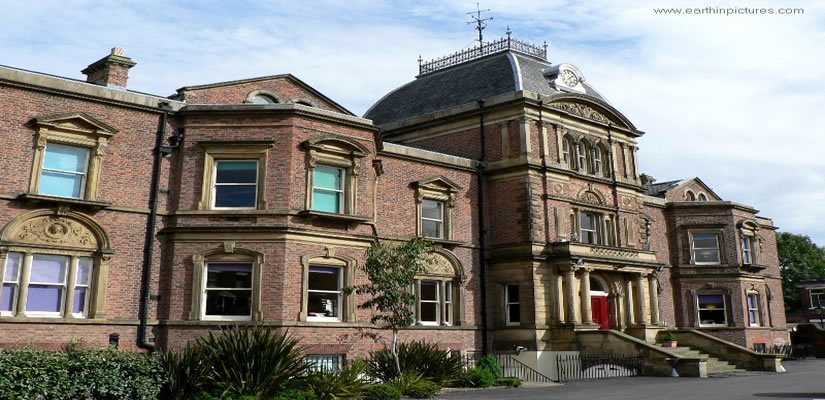
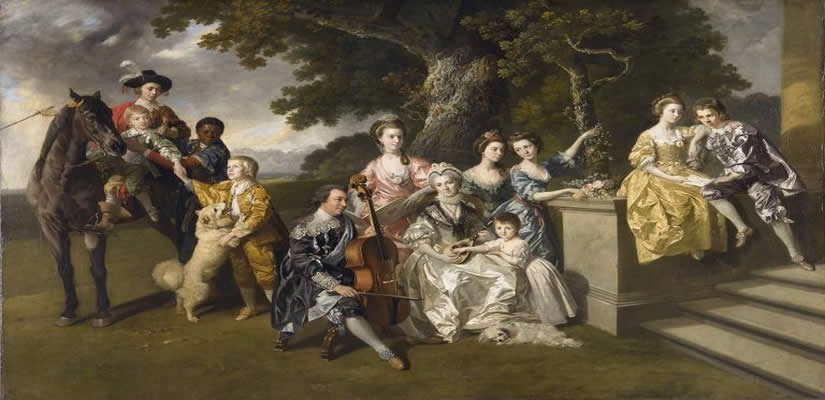
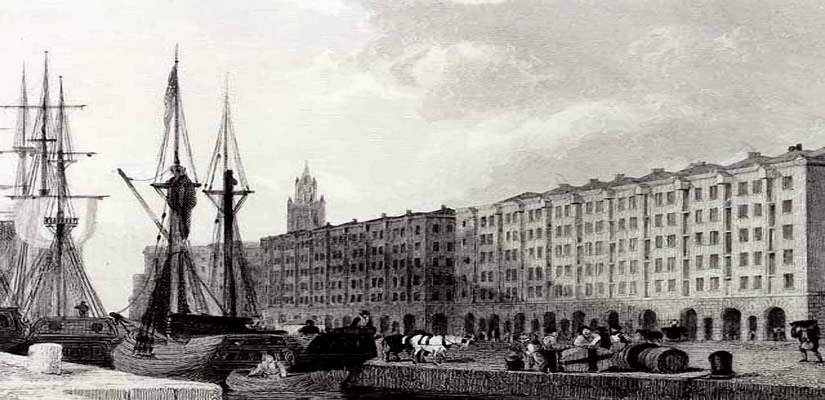

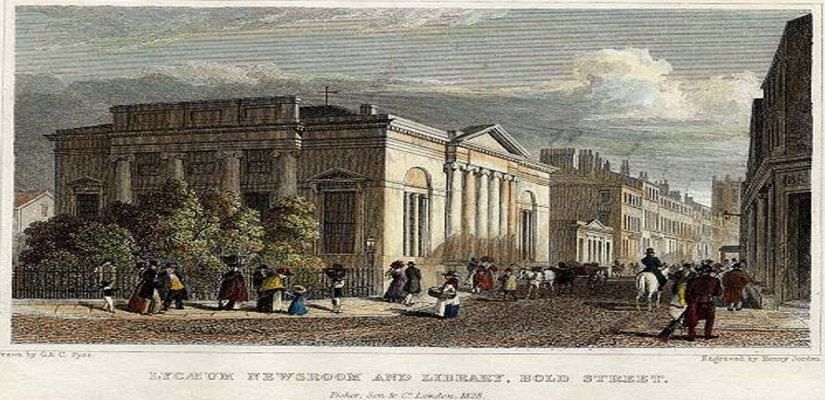
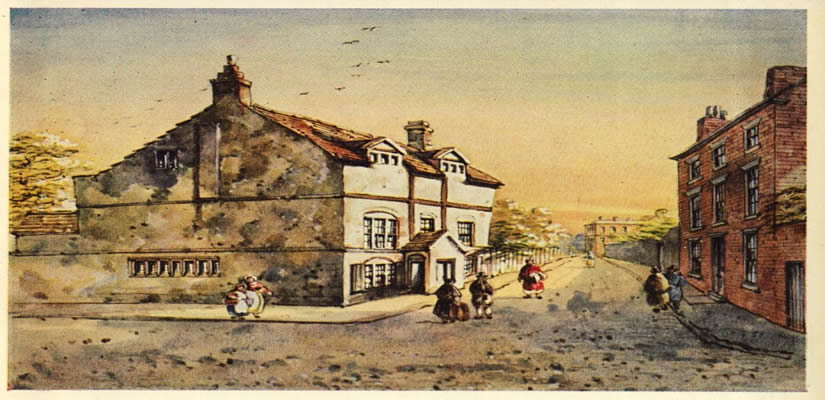
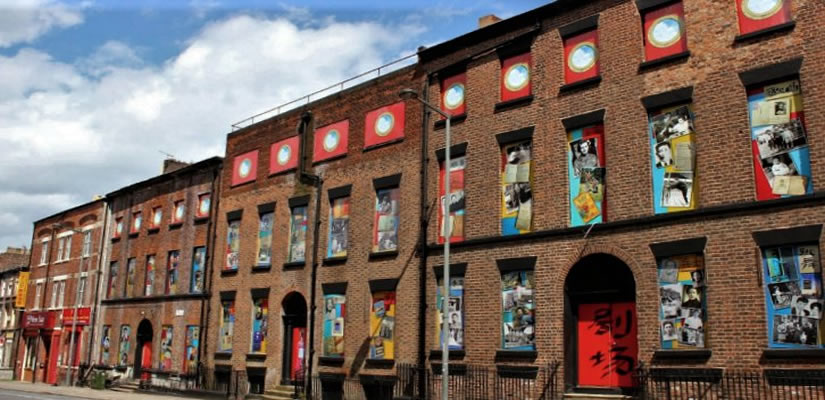


We have another tour exploring The commercial side of the slave trade which can be found at this link
(Same for both tours)
By the 1750s Liverpool had overtaken Bristol and London as the slave-trading capital of Britain.
The principle was simple, export cheap glass beads and brass bracelets called manila (and sometimes arms and gunpowder) to countries on the East Coast of Africa. These goods were exchanged for human cargo.
The human cargo then embarked on the horrific middle passage where they were transported to the Americas and West Indies and became slaves on the plantations growing sugar cane, cotton and tobacco. It was said that a man had more room in his coffin than a slave had onboard the ship during this dreadful voyage.
The ship captains were instructed to use the money obtained from the sale of the slaves to purchase these goods and transport them back to Liverpool. The ships were refitted in the Graving Docks on Liverpool’s waterfront and the process started again.
The goods brought back from America were sold throughout Britain. Sugar was very much in demand by those who could afford it and cotton was moved to the mills in Manchester to be woven into cloth.
Incredible amounts of money were made by the merchants who dealt in these goods and progressively the Town of Liverpool became unbelievably wealthy - sometimes exceeding London in prosperity.
After the abolition of the slave trade, the merchants still benefited from the sale of goods that continued to be produced on the plantations of America and the West Indies. At the pinnacle of its trade Liverpool bristled with imposing civic monuments, gleaming office blocks and a seven mile swathe of docks.
The monuments, buildings and homes of the slave traders and merchants still exist today and we have two tours available that will bring you up close and personal with the legacy of the 18th and 19th century slave traders and merchants.
The homes, estates and residences of the merchants: As Liverpool grew as a port and after the building of the “Old Dock”, the wealthy merchants and slave traders desired to move out of the town centre and began building homes in what was then the outskirts and countryside of the town. This tour will take you through the streets of the affluent, financed by the blood of the enslaved even visit a pub that existed in the days of the early slave traders.
From the grand houses built using slave money, to the street names we all take for granted, there are clues everywhere.
In the old Liverpool sailors folk song “The Leaving of Liverpool”, there is a line that goes “farewell to Lower Fredrick Street, Anson Terrace and Park Lane”. Only Park Lane remains now – see the place where St Thomas’s Church once stood in Park Lane which was funded by slave traders and merchants and was also the church where many infamous slave traders worshipped and were buried.
Did you know that Liverpool once had a castle (from the time of King John)? The castle was being demolished at the time the famous Blue Coat School, founded by slaver Bryan Blundell, was being built.
Why did African chiefs send their sons to Liverpool to be educated?
Liverpool’s economy and the economies of neighbouring Lancashire and Yorkshire benefited from the slave trade. Ships bound for Africa would be laden with goods to appeal to African traders to make the outbound journey profitable. Textiles from Lancashire and Yorkshire mills were the most attractive commodity and made up perhaps 50 per cent of the outbound cargo, alongside guns and knives, brass cooking pots, copperware, clay pipes, beer and liquor.
“They will remember that we were sold, but not that we were strong. They will remember that we were bought but not that we were brave.” William Prescott – former slave.
Tread the same streets as Liverpool's slave traders, privateers and merchants did in the 18th and 19th Century.
The homes of the merchants and privateers still exist in Liverpool's architecture. See how the wealthy lived.
Vist Liverpool's oldest building build by a well-known slave trader and merchant at a time when Liverpool Castle still existed.
See some of the world renowned civil buildings build in the early Victorian age and funded by wealthy merchants who profited from the plantations.
The tour will take place rain or shine so please ensure that you have appropriate clothing. In extreme weather conditions it could be cancelled. A reasonable level of fitness is required as there is a considerable amount of walking - sometime uphill. Please ensure that you have comfortable shoes to walk in. A bottle of water is advisable during hot weather.

The meeting point for the tour is William Brown Street in front of the World Museum Building.

Tour begins of Slavery - the homes, estates and residences of the merchants and lasts for approximately two hours.

The meeting point for the tour is William Brown Street in front of the World Museum Building.

Tour begins of Slavery - the homes, estates and residences of the merchants and lasts for approximately two hours.
Feedback for individual guides is obtained from a variety of sources, including social media. We'd be delighted if you could take the time and let us know how you enjoyed your tour.
Trains on the National Rail Network arrive at Liverpool Lime Street Station. There is also a local train network called Merseyrail that travels to / from Central Station. You would then be able to obtain detailed directions using the search facility above.
There are two main bus terminals in Liverpool. There is the Central Bus Station at Canning Place, Liverpool 1. There is also another terminus at Queens Square by St George's Hall. There is an extensive bus network throughout Liverpool and the 82 bus from the Central Bus Station will travel through the city centre.
Black cabs are available all over the city and can be flagged at the roadside. You can tell the taxi driver the name of your destination and they will be able to take you there. Their knowledge of streets and venues (especially in the city centre) is extensive and you should not have any difficulty.